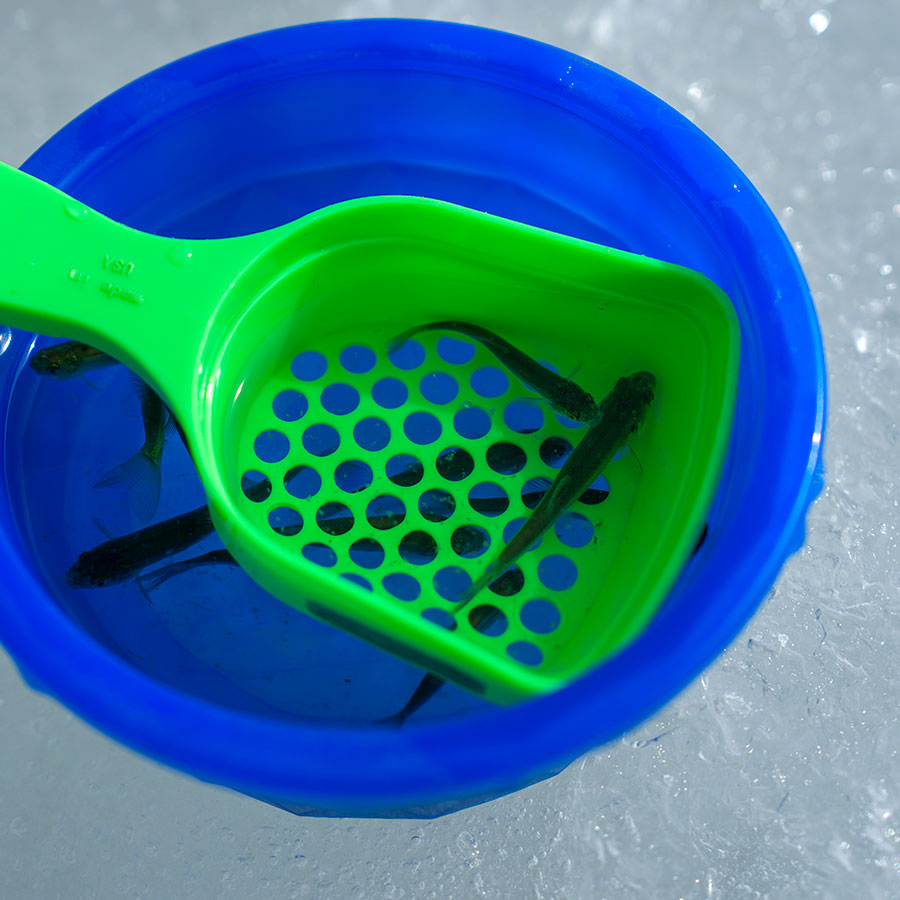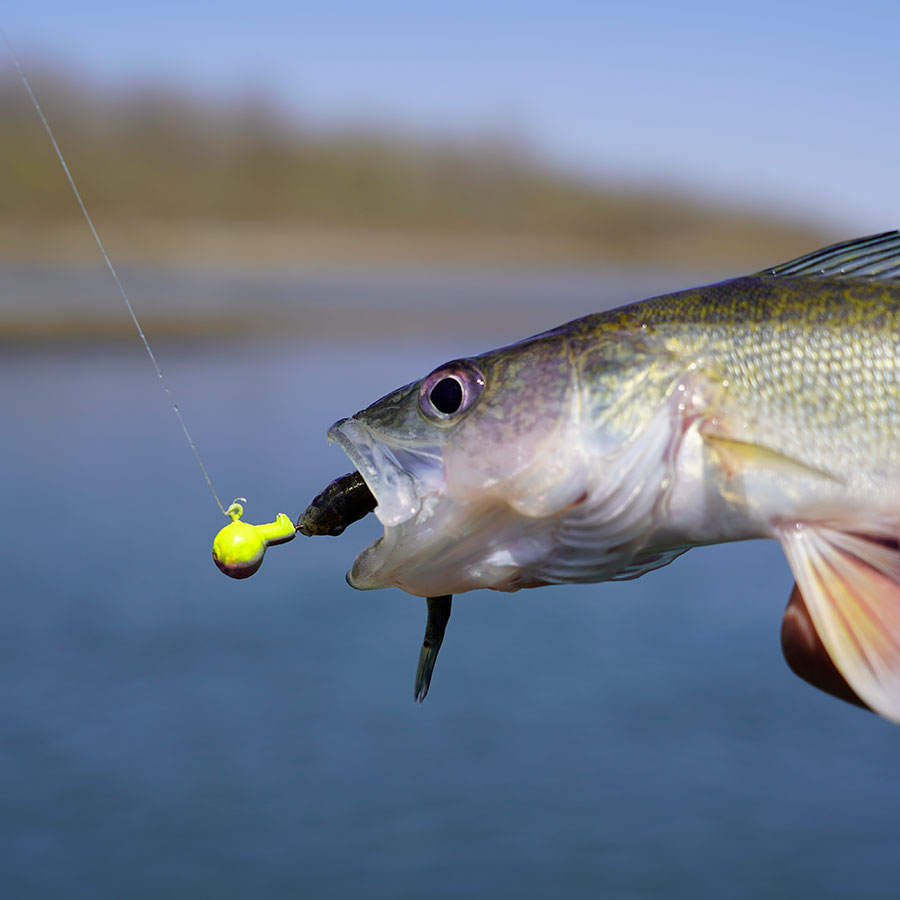Thoughts on Fatheads
Scott Gangl

Anglers in North Dakota often base their bait selection on the season: leeches and nightcrawlers tend to be the choice in the summer, while minnows are more popular during the spring, fall and winter months when cooler water temps make it easier to keep your minnows alive and feisty.
Growing up in rural North Dakota, a spring fishing trip usually required some planning to make sure we had minnows for our outing.
Like my parents and their parents before, I trapped my minnows from the local creek.
Starting a couple of days before each fishing trip, I would bait our minnow trap with dried bread “borrowed” from grandma’s pantry and head to the creek.
From experience I knew which holes held the best numbers of fathead minnows, where I could catch the biggest minnows, where I might get some suckers in my trap, and which holes to avoid because my trap would be filled with bullheads or sticklebacks.
Most of the time an overnight set blessed us with enough minnows for a fishing trip, but occasionally the minnows didn’t cooperate, and planned trips had to wait a day or two until we had enough bait to make the outing worthwhile.
Trapping your own bait was a necessary part of the process for my parents and grandparents’ generations.
Bait wasn’t always readily available, and even though bait shops existed, rural anglers simply didn’t always drive to town just to buy a dozen minnows for their fishing trips.
Fast forward to today, trapping bait for personal use is much less common than it used to be.
We live in a world of convenience, where we can make one trip to the store or internet browser and buy anything we need simply by putting it in our shopping cart.
For anglers heading out on the water, it just makes sense to buy your bait at the same place you stop to fill with gas, buy some snacks or pick up some extra fishing tackle.

The convenience of having a steady supply of clean bait is something we all take for granted, until something disrupts the supply, and bait is hard to get.
Earlier this year there were some grumblings from ice anglers that bait shops were running out of bait.
While this is unusual, it does happen occasionally, and some anglers may wonder where the bait that is sold in bait shops comes from.
Retail bait shops possess a special license that permits them to sell live minnows to anglers.
While a few of the smaller “mom and pop” bait shops still trap their own minnows, most of the minnows we buy in North Dakota are trapped by wholesale bait trappers and distributed to retail shops for sale.
Wholesale bait vendors trap minnows throughout the year to keep up with demand, which is typically highest in the cooler months of spring, fall and throughout winter.
Since all the fathead minnows in North Dakota are wild-caught, they are subject to the same environmental influences as other fish populations, like occasional winterkill.

